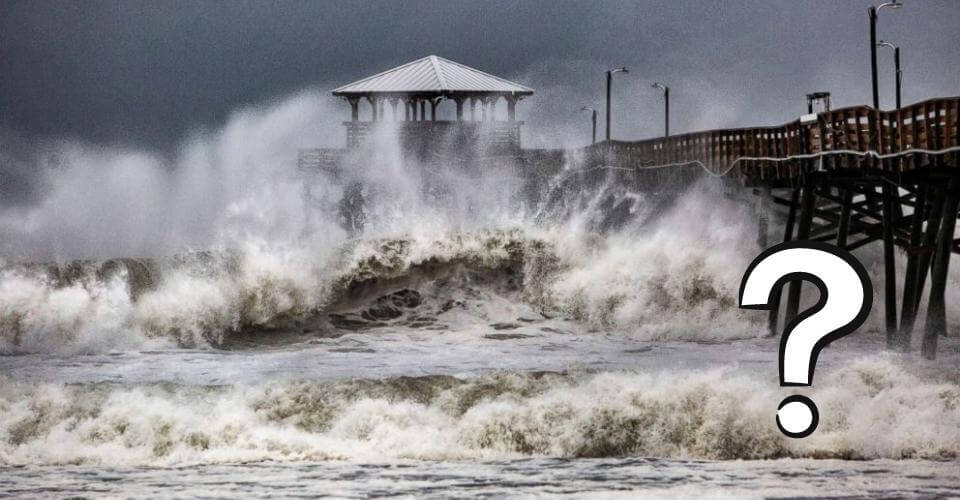The inception of the storm started on 16th August, forming 470 miles off the Manzanillo coast in Mexico. The storm proceeded with west-to-northwest movement.
After a couple of days, the strengthened storm was classified as a category 3 Hurricane Hilary, moving towards Baja, California.
By August 18, the eye of Hurricane Hilary was on the coast of Mexico’s Baja California Peninsula.
After being classified into category 4, the hurricane charged with a wind speed of 145mph and a pressure of 942mb, moving along West to North West direction at 11mph. Hurricane Hilary made landfall on 20th August along a sparsely populated area 150 miles south of Ensenada on the Mexican Coast, flooding the nearby areas as well. Later, it proceeded toward Tijuana, which has a history of mudslides.
Hurricane Hilary Makes Landfall
Hurricane Hilary has now become the first tropical storm to hit Southern California in 84 years.
The weather forecast had already predicted landfall considering the characteristics of Hurricane Hilary. Starting from a Category 1 hurricane, it weakened to a tropical storm on Sunday, traveling about 115 miles south-southeast of San Diego by 4 p.m.
Along with the stats, the National Weather Service’s National Hurricane Center also issued an alert of possible tornadoes in southeast California, western Arizona, southern Nevada, and far southwest Utah.
California Governor Gavin Newsom declared a state of emergency on Saturday after the landfall.
People woke up to severely flooded areas because of the landfall aftermath. The affected areas included the California-Mexico border to Point Mugu, around 40 miles west of Santa Monica by road, and includes Catalina Island.
According to the weather experts, Hilary had sustained winds near 65 miles per hour. The National Weather Services has also warned of heavy rains and dangerous flooding in the coming days. At the same time, people must also prepare for prolonged power outages, isolated tornados, and flash floods with high winds.
Latest Updates On Hurricane Hilary
Ojai in Southern California experienced a 5.0 magnitude earthquake on Sunday noon at 2:41 p.m. It later escalated to 5.1 magnitude, centered at 4.34 miles southeast of Ojai.
Due to the devastating nature of Hurricane Hilary, weather experts are worried that it might elevate the grave earthquake situation into a possible Tsunami. The coined term Hurriquake is trending on Twitter as the fire department has secured the perimeters as precautionary measures.
In other updates:
- Areas of Southern California, East of LA, and San Diego will experience 6-10 inches of rain, while some areas could be affected by rainfall that see upwards of 15 inches. Rain will spread northward this afternoon and evening into Southwestern California and eventually into Southern Nevada.
- Hurricane Hillary this morning was downgraded to a Cat 1 storm and will eventually become Tropical Storm Hillary.
What is your take on the growing ramifications of climate change? Is your area affected by Hurricane Hilary? Do you think there is a possibility of a tsunami?
Let us know your opinions in the comments sections below.

